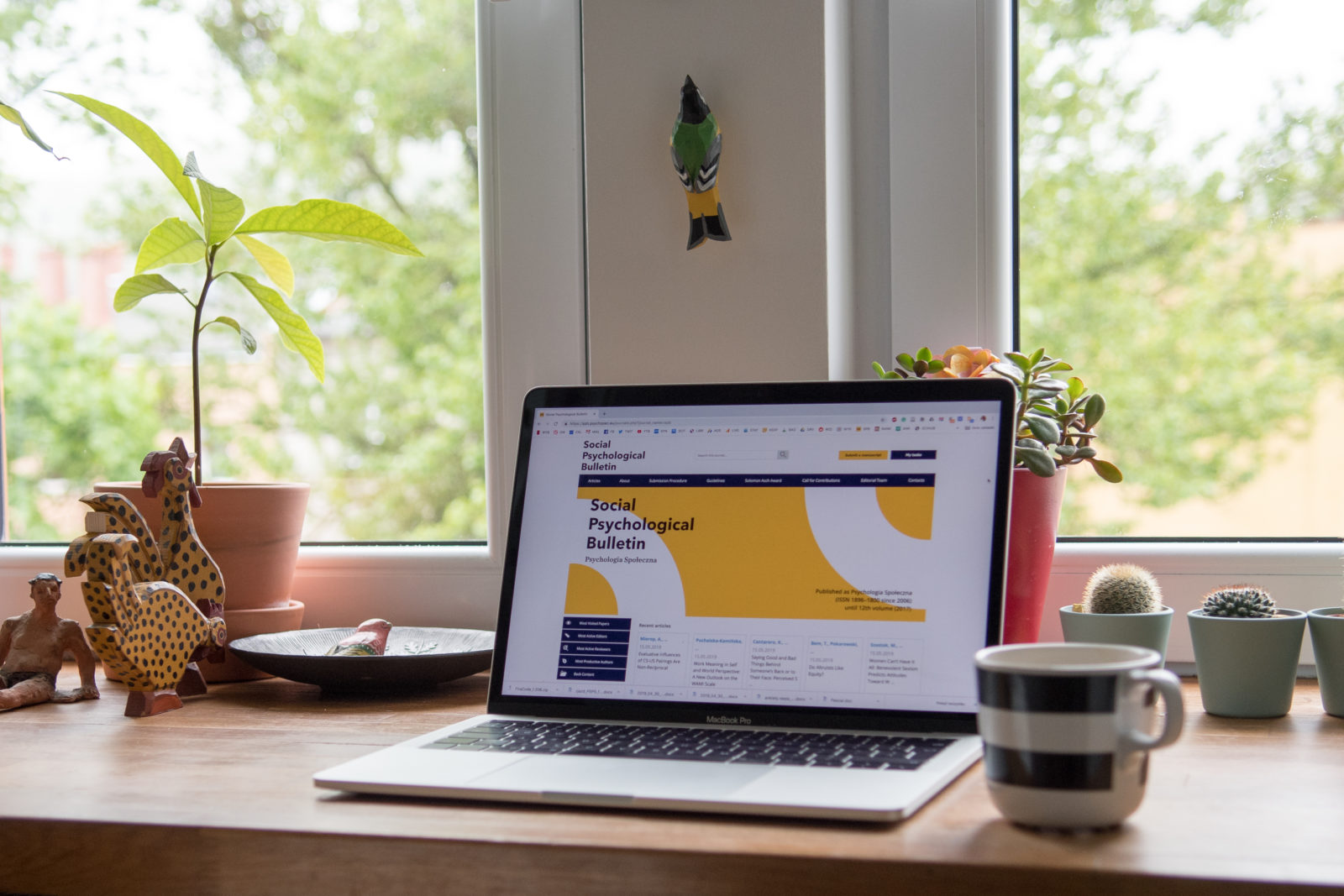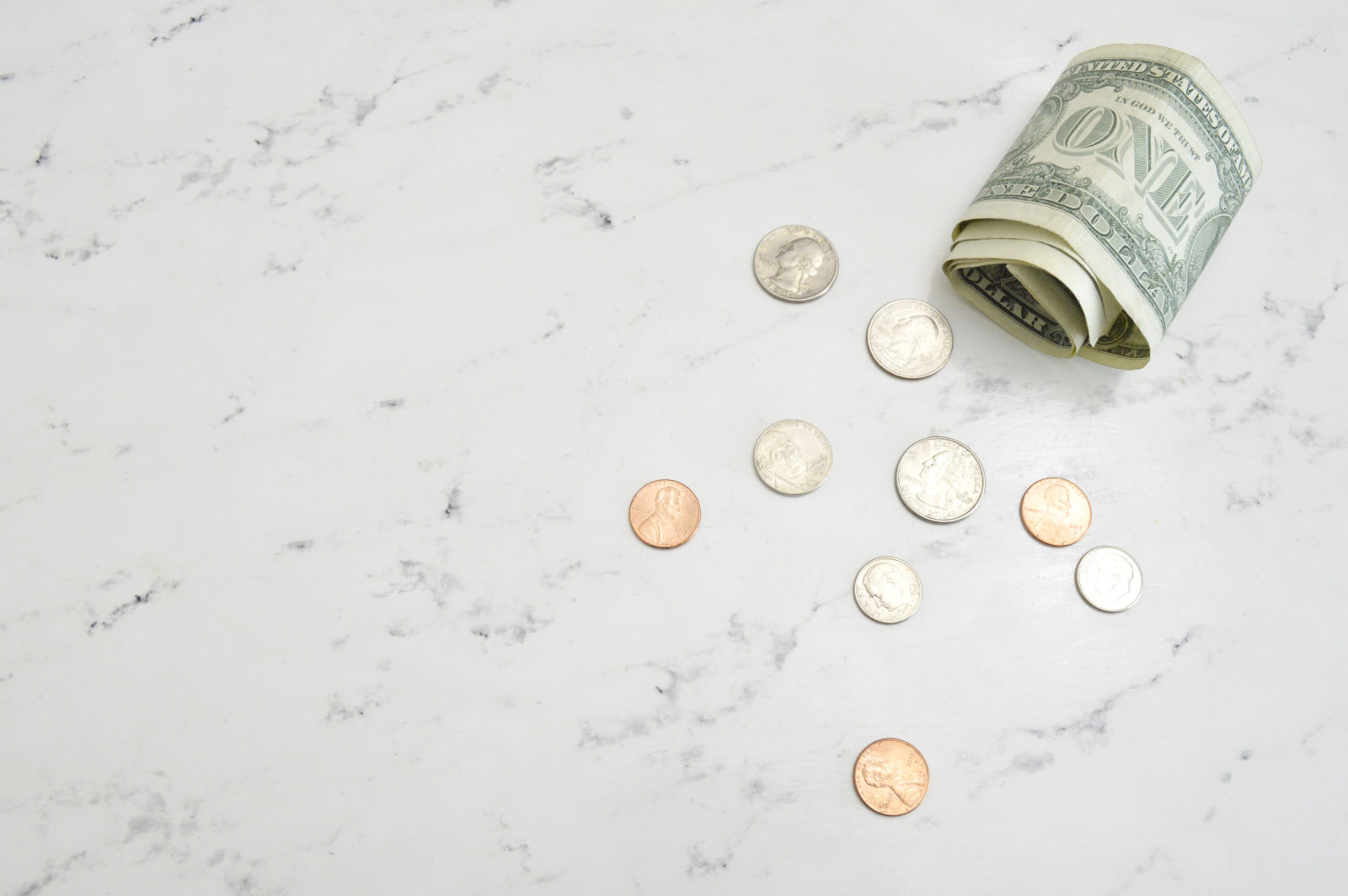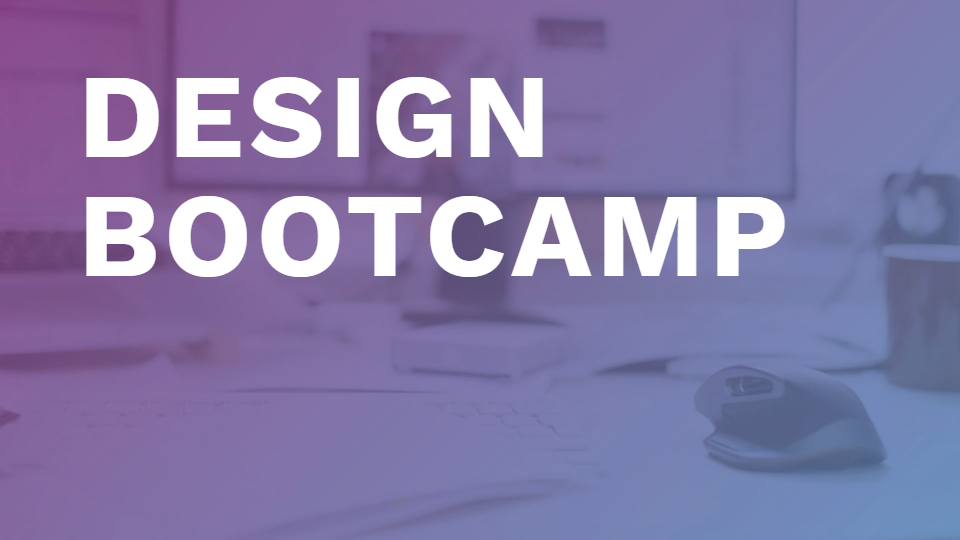Why Everyone Should Know a Little Design


Whether you’re a manager, a small business owner or an entrepreneur, there’s one thing we all have in common: wearing multiple hats throughout the day.
At one moment, we’re the visionary setting the destination of the journey. At another, we’re the manager overseeing all day to day activities to ensure everyone is following the plan. At yet another moment, we’re the ones doing the grunt work to keep things moving forward.
To put it simply, juggling between various roles is just a part of the game for us.
However, there’s one role many among us tend to hesitate from: the role of a designer.
They think design is an ultra-sophisticated skill reserved only for creative masterminds with an innate sense of art. Something they’re simply not cut out for.
The honest truth? Learning design is one of the most effective ways to increase the value you bring to any project. And the best part is, you don’t need to be the next Picasso to be valuable.
All you need to know is a little bit of design. Just the 20% that makes up for 80% of the results.
Trust me, knowing just the basics will make a world of difference in your life. And with all the free resources out there, it’s never been easier to do so.
But before we get into the free resources, let’s talk about why you should know a little design in the first place.
The 3 Reasons Why You Should Know a Little Design
Let’s take a bird’s eye view of what learning a little design can and will do for you:
1. Save Money


Expert designers charge upwards of $100 per hour for their services. If you outsource every single design task, the costs will add up to a significant figure and perhaps even soar past the limits of your budget.
While ditching those design tasks might seem like the obvious way to cut costs, you know better than that. Design is critical for standing any chance at standing out today.
So what can you do? It’s quite simple actually.
Many design tasks don’t require the skills of an expert designer. For instance, if you need a simple featured image for your next blog post, give it a shot on your own instead of outsourcing it. Some basic design know-how is all you need to get started.
With a little bit of practice, you will be able to handle more and more complex design tasks on your own, thus saving money each time.
2. Be More Efficient


Imagine this:
You’ve finally got the banner design for your Facebook ad campaign. You’re all set to promote the launch of your amazing new product. The influx of likes, shares, comments, and of course, new customers is all you can think of.
Just when you’re about to hit the publish button though, you notice your logo is a bit too small to make out. Should you contact your designer or just roll with it?
Wait a minute. Is that a typo in your banner text? Well, looks like contacting the designer it is.
You reach out to your designer, but it turns out they’re away from their computer and won’t be able to make those changes until tomorrow. And just like that, your campaign is delayed for the day.
Trust me, that’s just one of many such scenarios. Every time you come across one of those situations, you lose valuable time not just in terms of delay but also in communicating the changes to your designer.
However, it’s not a problem for people who know a little design.
You see, knowing how to resize a logo or change the text in a banner is something anyone can learn. Heck, you can learn to do all that in just one evening. Imagine what you could learn over a few weeks.
3. Make More Money


As if saving money and being more efficient weren’t good enough reasons already, knowing some basic design can help you make more money as well.
According to a study published by The Design Council in 2005, companies that focused on design outperformed the top 100 businesses on the FTSE index by 200%. In fact, the group determined that the average investment in design resulted in a 225% increase in revenue.
Another study by the heatmap tracking company CrazyEgg determined that 94% of users mistrusted a health website based on design alone. While common sense would dictate the quality of content as the superior indicator of authenticity, the participants in that study clearly felt otherwise.
The point is, learning to design will allow you to earn the trust of your audience and increase your revenue by customizing the design of your work for your users.
However, please don’t think that this is for customer-facing work only. You can incorporate basic design principles in anything, from your internal documents to presentations and so much more.
Whether you want to impress or persuade your boss, your colleagues, or anyone else for that matter, a powerful presentation will do the trick for you.
So whether you incorporate design in your internal documents or customer-facing assets, you will ultimately earn more money by converting more users.
Why Should You Learn Design When You Can Outsource It?


I realize that my advice so far seems contrary to prevailing wisdom.
You’re supposed to work on your business, not in it. You’re supposed to delegate, right?
Well, that’s true in many cases, especially for people who have the budget to outsource everything to experts. But for the rest of us, knowing a little design could mean the difference between something and nothing.
However, even if you do have the budget to outsource, knowing some basic design can still help you in many ways. Here are a few examples:
- Communicate your ideas clearly: With a solid understanding of basic design principles and terminology, you’ll be able to participate in the design process with greater capacity. This is especially important if you want to control your branding image with your own ideas.
- Get it done faster: As discussed earlier, explaining small tweaks to a designer and then waiting for them to make the changes can delay your projects. In fact, some of those changes take more time to explain than it would take to do them yourself. So what better way to save time and money than doing it yourself? Plus, your designer will probably appreciate it as well.
- Have some quality control: How can you judge the work of a designer if you don’t know anything about design yourself? Sure, we all have a gut feeling of what’s good but without an understanding of some basic design principles, that gut feeling may not be so helpful. On the other hand, knowing just a little design will help you spot any mistakes in typography, color, layout and more — ultimately allowing you to judge whether you’re getting your money’s worth.
There are many advantages of learning design even when you plan on outsourcing. As such, you should adopt a hybrid approach when choosing between DIY and outsourcing.
A good rule of thumb is to do the easiest and simplest designs yourself while leaving the sophisticated projects to the experts.
If you’d like to learn more about working with a designer effectively, check out our dedicated guide here.
Some Free Resources to Get You Started


Getting started with design is easier today than ever before. There are countless resources available on the web to help you, and most of them are absolutely free.
However, with so many options, it can be tough to pick the right one. To help you get started as fast as possible, here are the three essentials I recommend:
Unlike programs like Adobe Photoshop, Illustrator and others targeted at experts, Canva was made to bring design tools to non-designers with a simplified interface and user experience.
The whole process is completely online, which means you don’t need to download and install anything. You just head over to their website, select from one of their many templates or start with a blank canvas, then mix up some elements like text, photos, and graphics, and you’re done!
It’s hands down one of the most user-friendly platforms out there. Plus, the free plan is more than enough to start with.
Whether you’re designing a banner, a book cover, a blog post featured image or a billboard advertisement — a great photo can take your design to the next level.
However, you can’t just grab a photo from the internet and use it in your work. We have copyright laws, remember? You need the owner’s permission to use their images in your work.
That’s where UnSplash can help you as it contains more than 300,000 stock photos that you can use in your projects, both personal and commercial. And you don’t have to pay anything for it as all images are uploaded directly by photographers to be distributed freely.
One way to make your designs stand out is by avoiding the default fonts on your computer.
However, if you don’t have the budget to buy the license for a premium font, Google Fonts library is a great place to discover some open-source fonts that can be used in both personal and commercial projects for free.
Some Final Thoughts
If you’ve read this far, you know why I recommend everyone to learn a little design. From designing your own graphics to maximizing the outcome of working with designers, just knowing a little can help you achieve a lot.
I’ve also shared three resources that I consider essential for non-designers. Each resource is free and that’s where you should start to get your hands dirty with some design practice.
With all those things out of the way, here’s some food for thought:
Design is not about making things pretty. Instead, it’s all about taking complex ideas and products and then turning them into something that’s easier to digest for the target audience.
Don’t look at design as an art but rather a strategic medium of communication to ensure your intended message is understood by the people that matter.
Want a friendly, easy, and free way to learn some design? Consider taking my Free Design Bootcamp Course!
You'll be walked through useful fundamentals of design you can start applying right away. With demonstrations with each lesson, see how it can effectively get you creating better looking work now!


Free Online Course
Useful design lessons for non-designers.